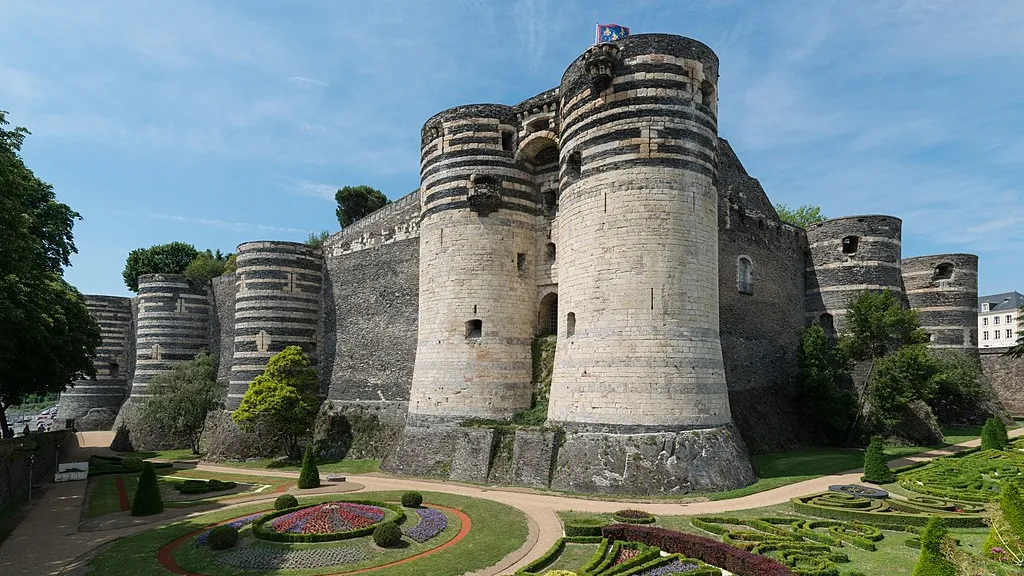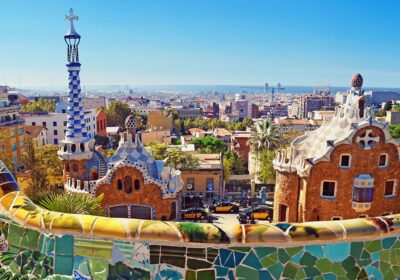Angers. Since the 2nd century A.D.. – it was the capital of the Andes tribe. In 898, the ruler of Angers, Fulk the Red, founded the Angevin dynasty, which was independent of the French kings and played a significant role in the history of Europe. In 1092, the French king Philippe-Auguste kidnaps a beautiful countess from an Angevin count and marries her.
Thus began the feud between the Anjou house and the French crown. In the struggle for power, the descendants of Fulk use not only victories in battles and political intrigue, but also successful marriages. A striking example of this is the marriage of an Anjou count and the daughter of the English king Henry I, who in 1128 started the Plantagenet dynasty, the future kings of England and, at the same time, the rulers of Angers.
The castle is a rare example of a well-preserved 13th century fortification. It was built under Louis. It still amazes with its power and beauty. Inside the castle there are several ancient buildings and – in a specially built building – a unique series of medieval trellises on the theme of the Apocalypse, created on the occasion of the marriage of Louis II of Anjou and Yolanda of Aragon in 1400. In the moat is a French garden.
The town itself is very nice with ancient streets, churches, monasteries, museums.
Fontevro. One of the most significant monastery complexes preserved in France. Here rests Richard the Lionheart, his father Henry Plantagenet and his mother Eleanor of Aquitaine, who abandoned the French king, her first husband, for Henry….
Many queens and princesses under the monastic veil ended their days here. Half of the convent’s 36 abbesses were of royal blood. Under Ionna of Bourbon, daughter of Henry IV, and Gabrielle de Rochechoir, sister of Madame de Montespan, a famous favorite of Louis XIV, the abbey reaches the peak of its prosperity … Now we can hardly imagine what a huge number of people formed the monastery, how many in it were various workshops and specialists, what a powerful mechanism regulated its life! Moreover, monasteries in the Middle Ages did not just develop – they multiplied, founded new ones and new ones, thus forming their orders. Several hundred monasteries of the Order of Fontevraud were located in France, England, Spain … And all of them played a greater or lesser role in the politics of their respective countries ….
Well preserved: Renaissance cloître (French cloître – a covered bypass gallery framing a closed rectangular courtyard or inner garden of the monastery) – the heart of the monastery, the monastery kitchen with a roof “diamond cut”, churches, including XII century, where the famous tombs of the English kings of the Plantagenet dynasty are located. And also – dormitories, refectory, guest quarters, men’s and hospital parts of the monastery …
Like most monasteries in France, after the revolution Fontevrault was turned into a prison and the last prisoners left it only at the end of the XIX century. That is why restoration works are constantly carried out here. Every year the monastery complex regains more and more details of its famous pre-revolutionary past. It shocks with its grandeur and timeless power of human passions, faith and unquenchable aspiration for beauty.

















